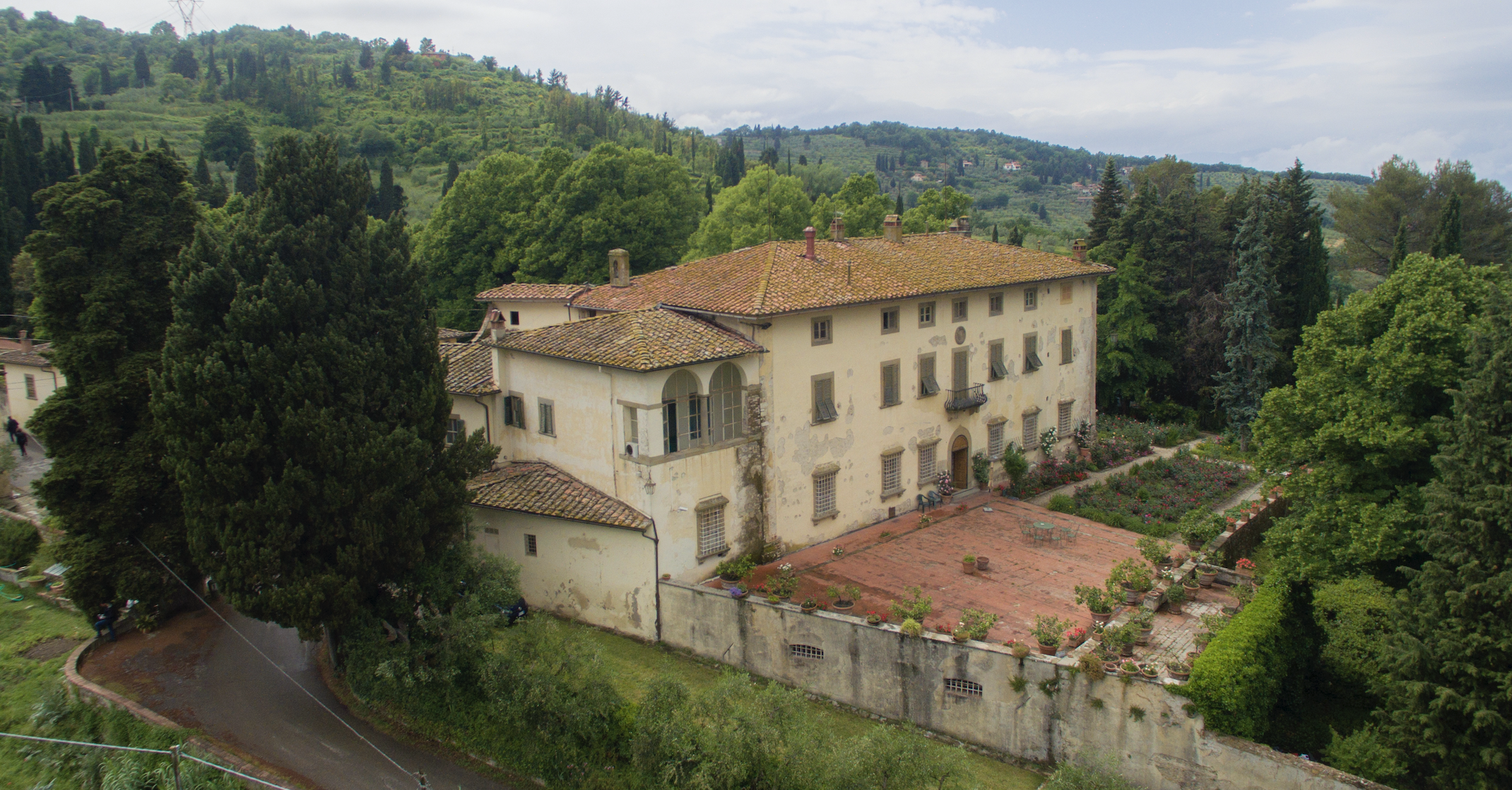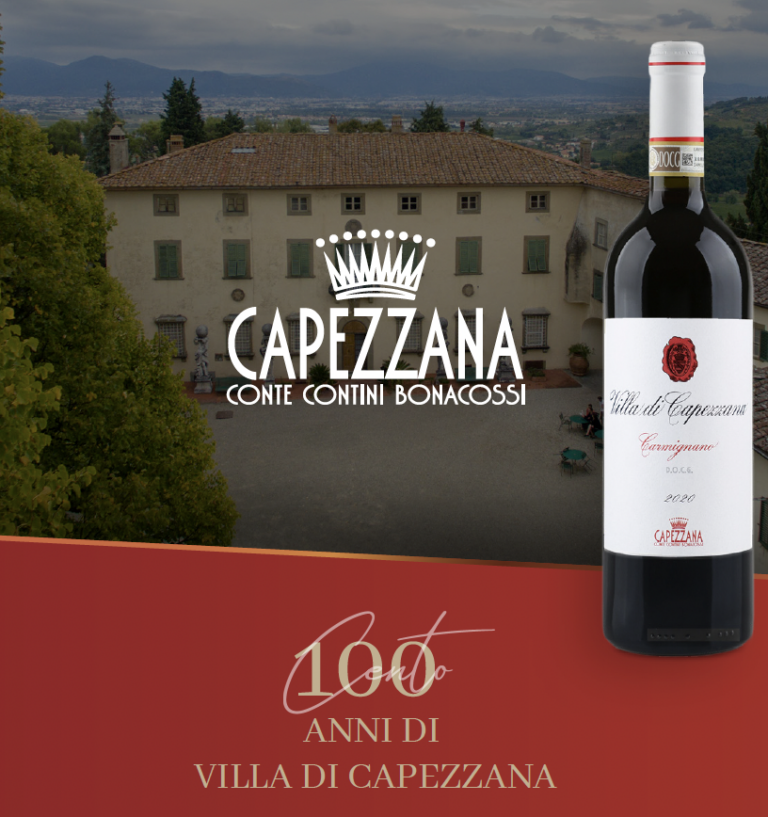
100 Years of Capezzana
In Milan, a stunning vertical tasting showcases a natural attitude for producing age-worthy wines
written by Erika Mantovan
In the hills of Carmignano, Capezzana celebrates its first 100 years of activity, since the Contini Bonacossi family founded the estate. A century of viticulture, olive growing, culture, and pursuit of quality, during which the winery has evolved without ever losing its identity.
The estate’s history dates back to the 18th century, having been owned by the Cantucci, the Bourbon del Monte, and the Adimari Morelli families before being acquired by the Franchetti Rothschilds and eventually the Contini Bonacossi family, the current owners.
In the 1920s, Count Alessandro Contini Bonacossi and his wife Vittoria purchased the estate, later expanding it by acquiring three neighboring farms: Trefiano, Cerretino, and Poggetto, giving rise to the Capezzana Estate as we know it today.
To mark this important milestone, an extraordinary moment took center stage: the tasting of a bottle from 1925. A wine not only still alive, but astonishingly expressive. A symbolic gesture that turned into an oenological revelation: the Carmignano region has a natural aptitude for aging—an attribute we don’t often assign to it so emphatically. But now we do, and going forward, because we’ve received clear confirmation of Carmignano’s terroir through a vertical tasting held at Enoluogo in Milan, in honor of the passage of time and the Contini Bonacossi family’s ability to adapt to exogenous changes.
Capezzana: a contemporary terroir
More than just a winery, Capezzana is an estate spanning over 600 hectares, with 135 under vine and 75 dedicated to olive groves, located between Florence, Prato, and Pistoia. The vineyards lie between 150 and 250 meters above sea level, in an area protected by the Apennines and the Montalbano ridge. This creates an ideal microclimate with significant diurnal temperature swings, even during the hottest summers, which are essential for grape maturation.
What makes this place truly unique is the soil composition—a complex geological mosaic of galestro, clay, silt, sand, and fluvial deposits that varies from plot to plot, creating singular conditions for each vineyard. “A real geological chaos,” as Vittorio Contini Bonacossi jokingly calls it, yet one that produces deeply expressive wines capable of capturing every nuance of the territory.
Sangiovese and Cabernet: a blend of identity and historical innovation
Carmignano DOCG is one of Italy’s smallest appellations—just 290 hectares—but also one of its oldest. Back in the 1700s, the Medici family planted Bordeaux varieties here, including Cabernet Sauvignon, which remains an essential part of the Carmignano formula. This isn’t a modern trend but a time-honored tradition: the combination of Sangiovese and Cabernet has for centuries represented a perfect balance of elegance, structure, and aging potential.
The tasting of the 1925 wine confirmed this potential with remarkable clarity. Not only was the wine intact, but it proved just how well Capezzana’s historic blend can stand the test of time—retaining freshness, aromatic complexity, and depth. A result that astonishes even the most experienced tasters and now serves as living proof of what Carmignano is capable of expressing.
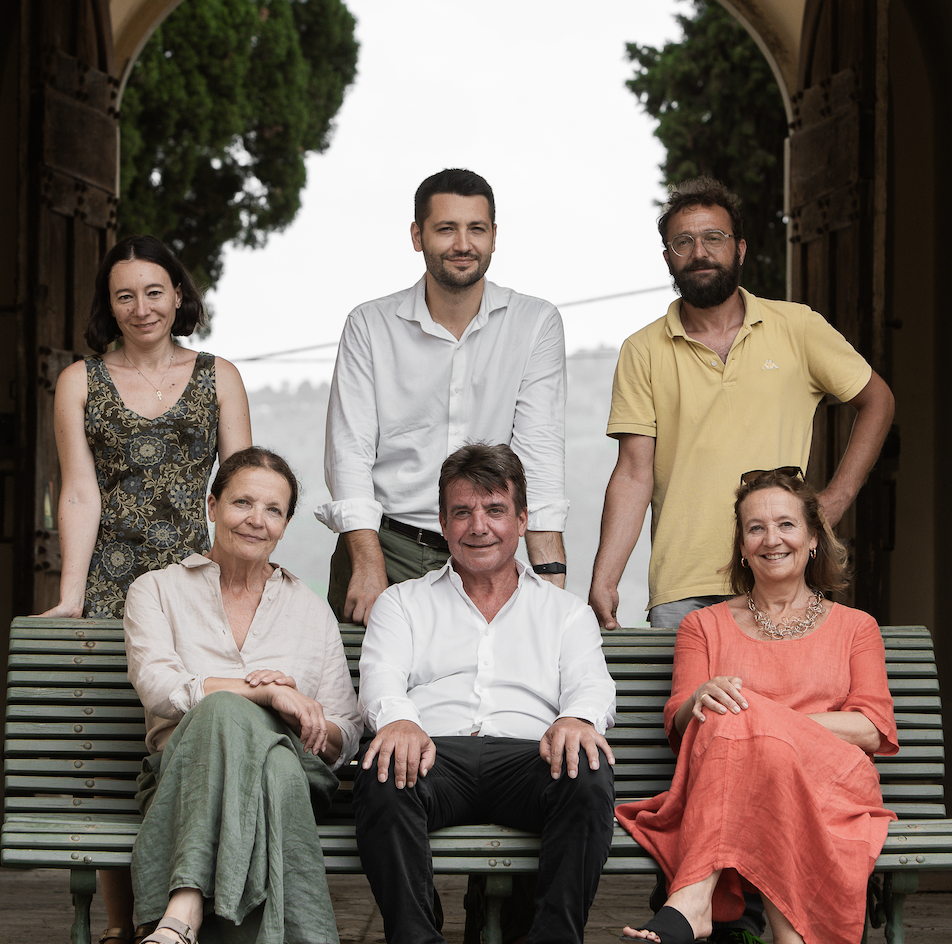
A cultural and family legacy
The story of the Contini Bonacossi family spans four generations, safeguarding this heritage since 1925, when Alessandro Contini Bonacossi and his wife Vittoria—an esteemed art collector—purchased the estate after falling in love with its wines. Many of the artworks they collected are now housed in the Uffizi Gallery.
Today, the winery is led with passion and vision by siblings Benedetta and Vittorio Contini Bonacossi, supported by a close-knit team. Since 2008, Capezzana has been certified organic and has invested in sustainability, digital innovation, and the promotion of its territory—all while keeping an eye on the future.
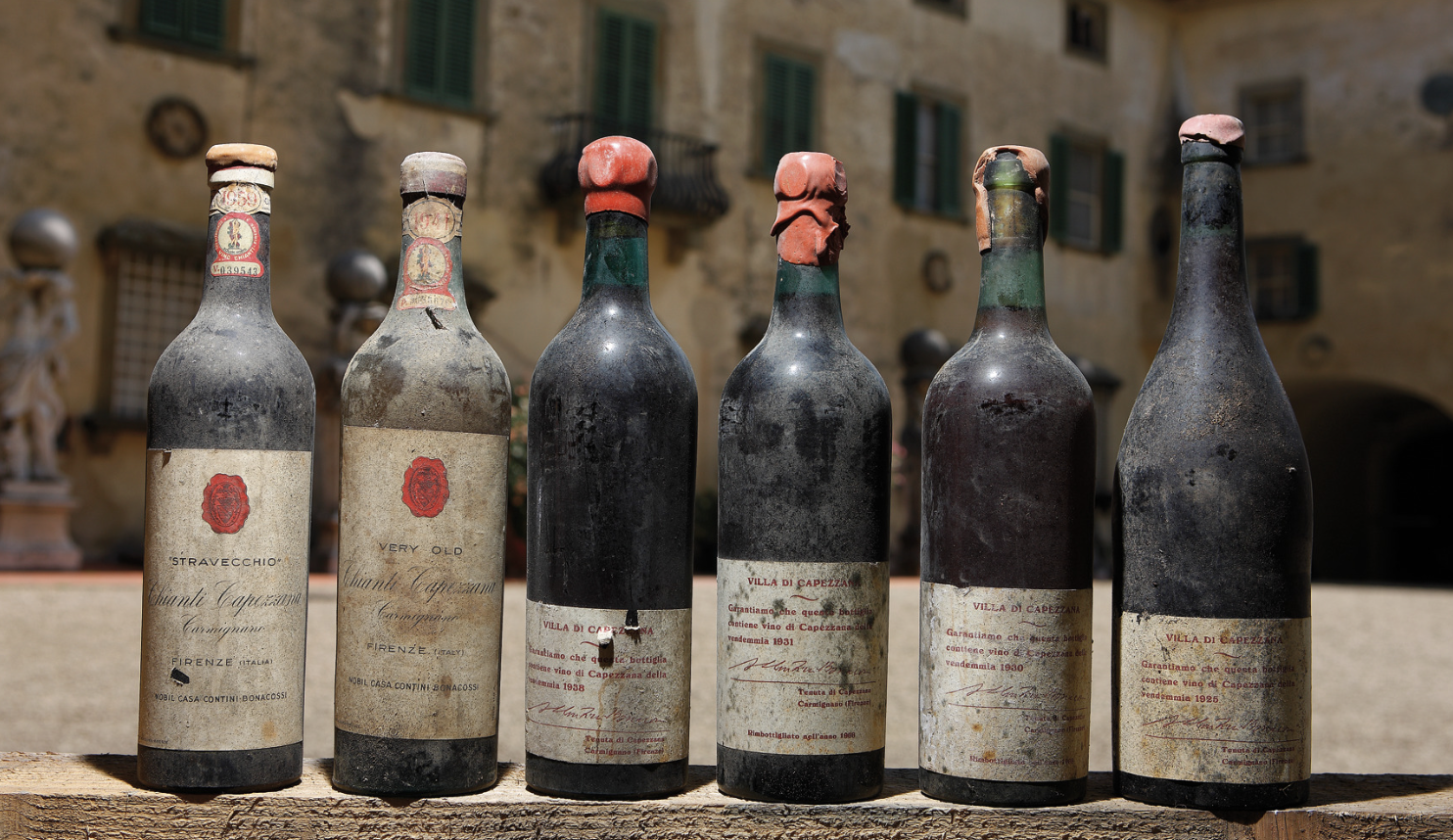
A century-long challenge, a vision for the next hundred
Capezzana has also been a pioneer in communication: during the pandemic, it launched a 3D virtual tour of the estate, allowing clients, buyers, and enthusiasts to explore every corner of the winery and vineyards. In terms of viticulture, the winery has introduced double-cut pruning, reduced defoliation, and implemented techniques to withstand climate change, such as hotter summers and prolonged droughts.
In 2006, the “10-Year Project” was born: each year, a selection of bottles is set aside to be released a decade later. This initiative showcases the incredible longevity of Carmignano wines and offers the market mature wines capable of telling a deeper story.
Other wines tasted during the event demonstrated remarkable vintage transparency and strong adherence to the terroir. Over time, changes in oak usage and generational shifts have been evident, along with subtle but meaningful adjustments to the grape blend—not necessarily permanent. What remains certain is the unshakable partnership between Sangiovese and Cabernet Sauvignon.
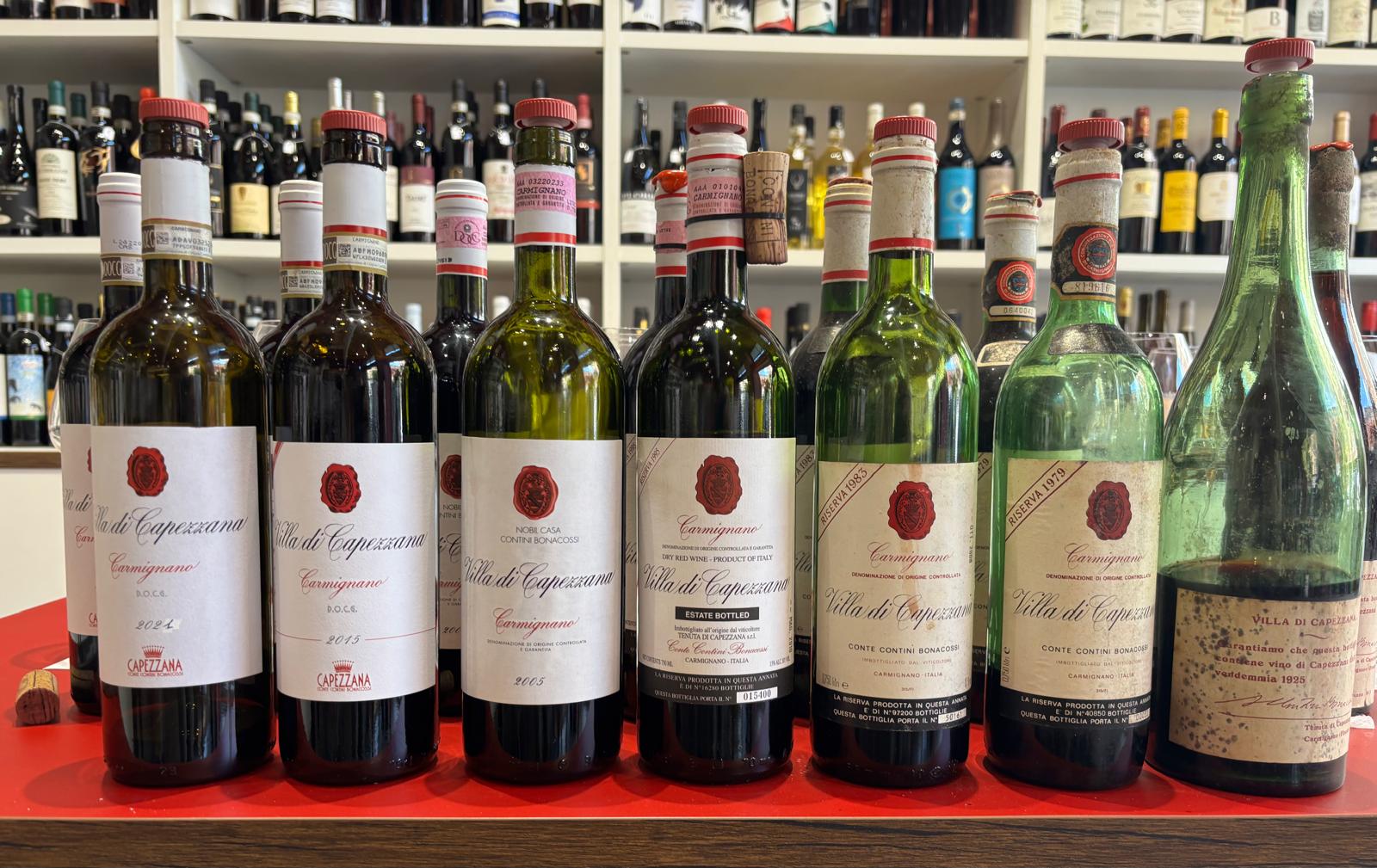
Tasting Notes
Carmignano Villa di Capezzana DOC 2021
80% Sangiovese, 20% Cabernet Sauvignon
A wine bursting with aromatic energy, boasting incredible freshness and firm tannic grip from oak aging—although not in new barrels, the wood still leaves its mark on the nose, along with the soil’s signature. Agile, fruit-driven, vibrant with red and blue berries. Slightly balsamic with hints of gunpowder. Still very young and promising, born of a vintage described as “atypical,” with yields below average.
93 points
Carmignano Villa di Capezzana DOC 2005
80% Sangiovese, 20% Cabernet Sauvignon (70% aged 12 months in tonneaux)
After a timid opening, it blossomed into an explosion of fruit and florals, still showing green notes and a vibrant tannic backbone that’s well-integrated with the material. Remarkable structural power and complexity, promising significant aging potential.
95+ points
Carmignano Villa di Capezzana DOC 1983
80% Sangiovese, 20% Cabernet Sauvignon, 10% Canaiolo, 10% Colorino and Mammolo
A change in the blend and a more restrained use of oak—24 months in large casks. Harvested slightly early under perfect grape conditions. Today, the result is a wine with notes of blood orange and citrus; at times it feels almost like a white wine, with lemony freshness. Elegant, silky, and expansive with a delicate structure that enhances its finesse and pleasure.
94 points
Carmignano Villa di Capezzana 1925
A surprising sip for its freshness and integrity. A joyful revelation, reshaping how we think about this estate. Whispered energy, a triumph of citrus and delicate spice, all within a light yet rounded body. The exact blend remains unknown but clearly includes Sangiovese, Cabernet Sauvignon, and Canaiolo.
Only 29 bottles remain at the estate, and we’ll never stop being grateful for the unforgettable experience of opening this wine.

